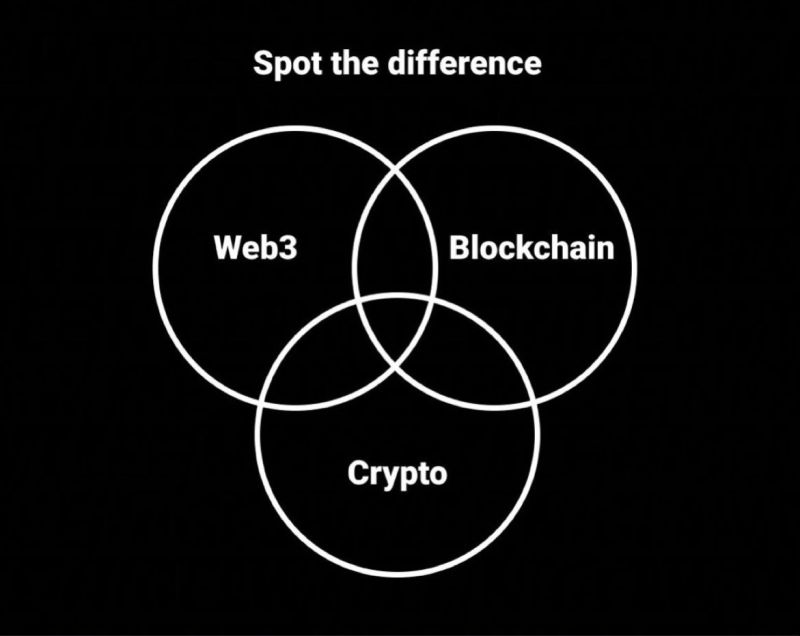In the ever-evolving landscape of digital innovation, the emergence of Web3 crypto technology stands as a testament to a transformative era. Let’s embark on a journey to unravel the essence of Web3 crypto, exploring its meaning, role, and the revolutionary forms of digital ownership and identity it fosters within this decentralized landscape.
What is Web3 Crypto?
Web3 Crypto signifies the fusion of decentralized technologies, particularly blockchain and cryptocurrencies, redefining the conventional digital infrastructure. At its essence, it symbolizes a paradigm where the internet transitions from a centralized entity to a decentralized ecosystem, prioritizing user autonomy and control over their digital interactions and assets.
The Meaning of Web3 in Crypto
Web3 isn’t merely an iteration; it’s a philosophical leap that advocates for a more decentralized and user-centric internet. At the crux of this evolution lies cryptocurrency, a digital currency powered by cryptographic principles and blockchain technology. In the realm of Web3, crypto serves as the fuel that powers transactions, interactions, and the creation of decentralized applications (dApps).
The Role of Crypto in Web3 Technologies
Crypto’s role within Web3 is multifaceted and transformative. It acts as a medium of exchange within decentralized networks, enabling peer-to-peer transactions without intermediaries. By leveraging blockchain, crypto ensures transparency, immutability, and security, fostering a trustless environment where users have greater control over their digital experiences.
How Crypto Enables New Forms of Digital Ownership and Identity in Web3
One of the most revolutionary aspects of Web3 is its empowerment of digital ownership and identity through cryptocurrencies. Within this landscape, individuals have the opportunity to assert sovereign control over their digital assets, transcending traditional boundaries.
The Empowerment of Digital Ownership
Cryptocurrencies within Web3, mainly through the advent of Non-Fungible Tokens (NFTs), have redefined digital ownership. NFTs represent unique digital assets, ranging from artwork collectibles to virtual real estate, authenticated and stored on the blockchain. This innovation has unlocked new avenues for creators and users to buy, sell, and own digital assets with unparalleled authenticity and scarcity.

Redefining Identity Control
Beyond ownership, crypto in Web3 also empowers individuals to control their identities and personal data. Decentralized identity systems leverage blockchain to provide users with a secure and verifiable way to manage their digital identities, mitigating privacy concerns prevalent in the centralized Web2.
Exploring Web3 Crypto Projects
Numerous pioneering projects are at the forefront of integrating crypto into the Web3 ecosystem. Platforms like Ethereum, Polkadot, and Solana serve as robust infrastructures for decentralized applications and smart contracts. These projects foster an environment where developers can create innovative solutions, furthering the adoption and integration of crypto within Web3.
The Future of Web3 Crypto
As Web3 continues to evolve, the role of crypto within this landscape will undoubtedly expand. The integration of blockchain and cryptocurrencies will extend beyond financial applications, permeating various sectors such as governance, supply chain management, and healthcare. This evolution will empower individuals globally, fostering inclusivity and innovation on a massive scale.
In conclusion, Web3 crypto technology embodies the essence of a decentralized future where ownership, identity, and interactions are redefined. Cryptocurrency, as the cornerstone of this transformation, paves the way for a digital landscape where users hold the reins, and the potential for innovation knows no bounds.
As the Web3 journey continues, the synergy between crypto and decentralized technologies will continue to shape a digital realm where autonomy, transparency, and trust form the bedrock of a new era of the internet.

